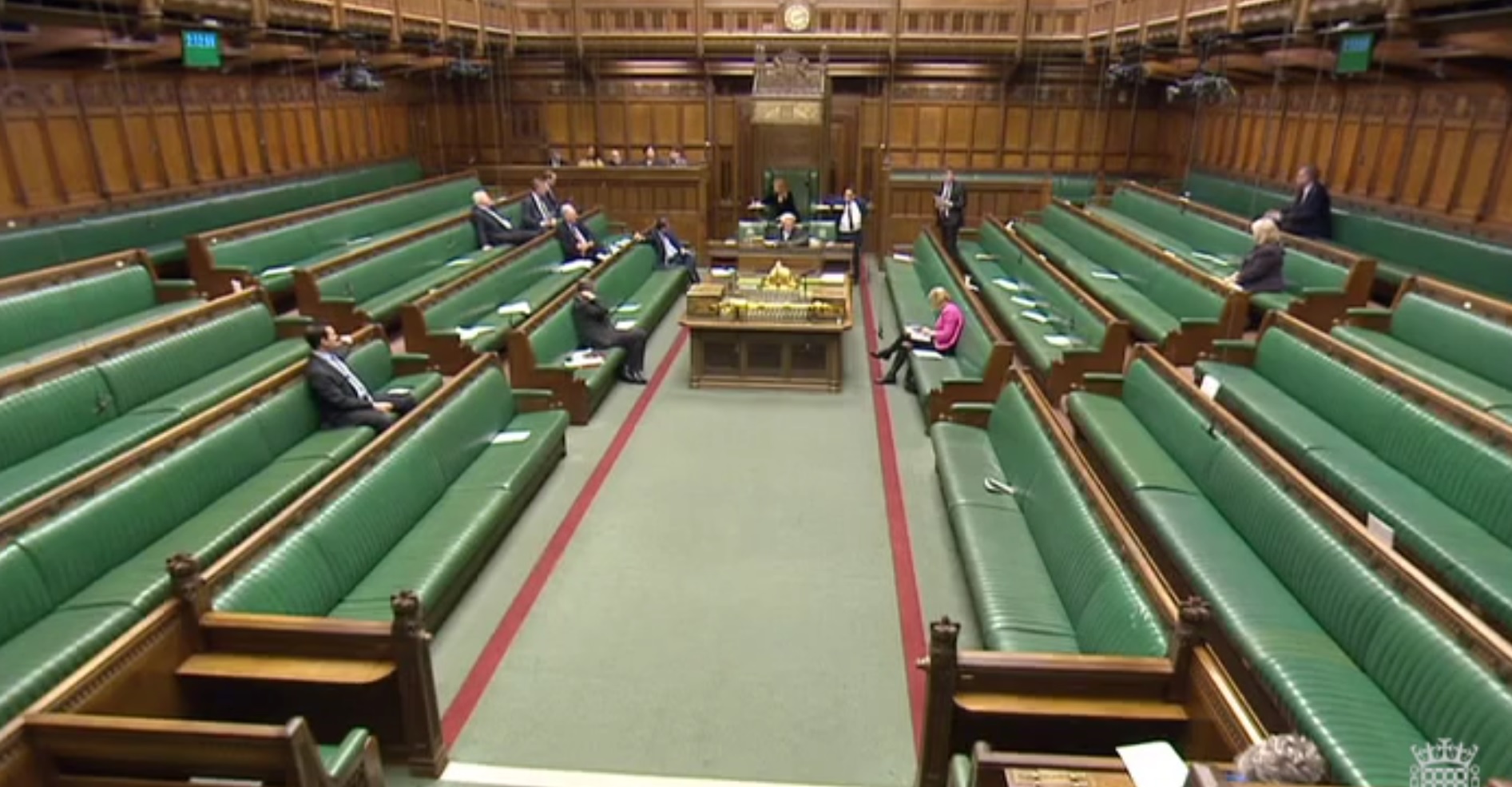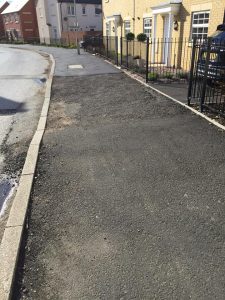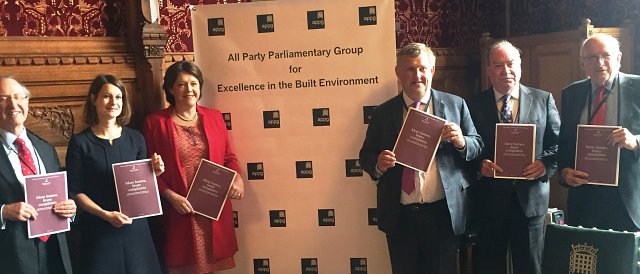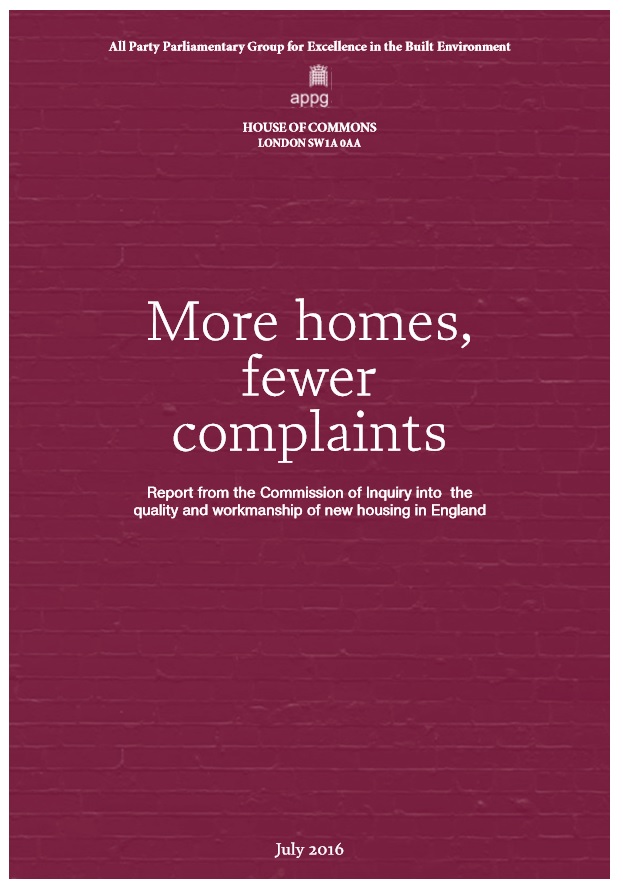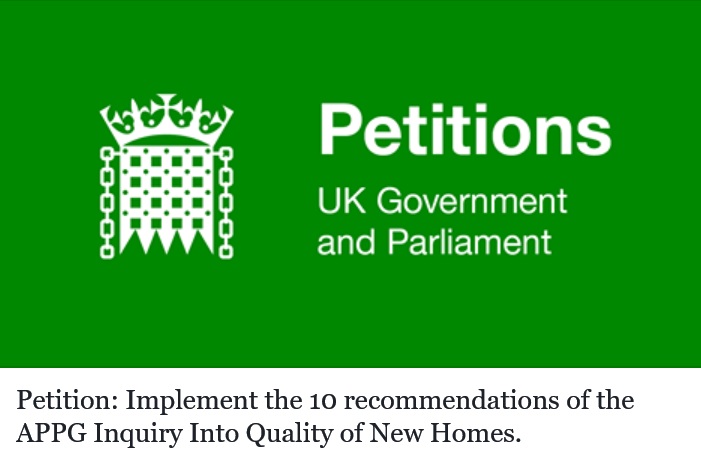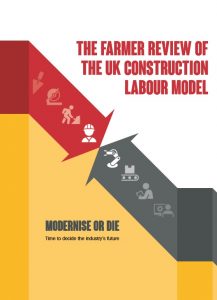“The PPI of the house building Industry”
The APPG for Leasehold and Commonhold Reform managed to secure a debate in the commons chamber on Tuesday 20th December 2016 to discuss the leasehold new houses scandal. With 53 APPG members, it was surprising that only 13 MPs and Housing Minister Gavin Barwell attended initially. I previously highlighted the scandal of leasehold new houses on 7 November 2016 entitled “The next mis-selling scandal” This phrase apparently being picked up, with the Labour MP for Ellesmere Port and Neston, Justin Madders calling the practice during the debate as “the PPI of the house building Industry”. See also Never buy a leasehold new house 28 October 2016
Leasehold new houses scandal
 An analysis by the excellent campaign group Leasehold Knowledge Partnership (LKP) in November 2016, revealed that 8,775 new-build leasehold houses totalling nearly £2billion were sold in England and Wales last year. In all around 45,000 new houses have been registered as leasehold. Many of these bought with help from taxpayers’ through the Help to Buy scheme. In most cases, the housebuilder sells the freehold after a couple of years to a private company, which can then demand extortionate fees from homebuyers.
An analysis by the excellent campaign group Leasehold Knowledge Partnership (LKP) in November 2016, revealed that 8,775 new-build leasehold houses totalling nearly £2billion were sold in England and Wales last year. In all around 45,000 new houses have been registered as leasehold. Many of these bought with help from taxpayers’ through the Help to Buy scheme. In most cases, the housebuilder sells the freehold after a couple of years to a private company, which can then demand extortionate fees from homebuyers.

